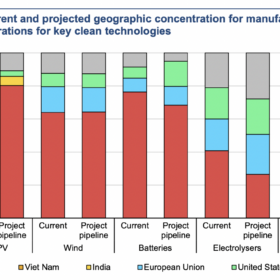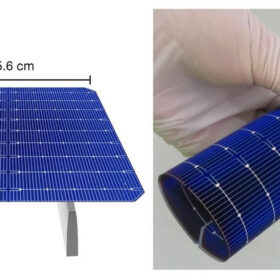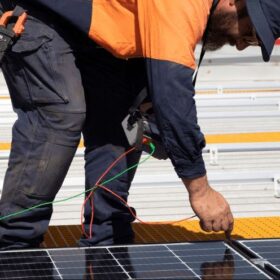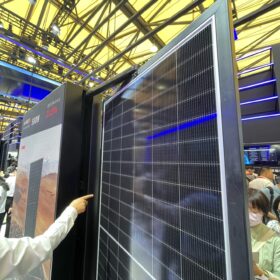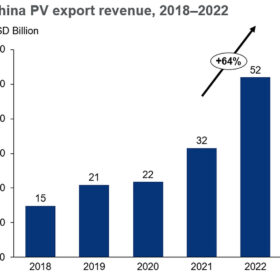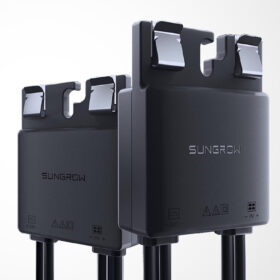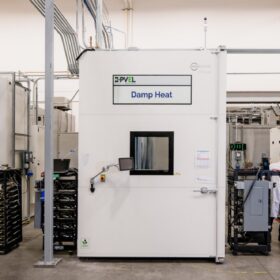‘Huge subsidy fest’: Australia has the critical materials, but can it compete in the manufacturing race?
A global race is underway to capture the manufacturing market for clean energy technologies. While lady lucky has certainly shone on Australia, competition is fierce, experts say.
Foldable, textured silicon wafers for flexible heterojunction solar cells
An international research team in China has used Czochralski n-type c-Si wafers from China-based Sichuan Yongxiang to build textured wafers with a thickness ranging from 65 μm to 55 μm. They have used the wafers in heterojunction solar cells ton hit efficiencies close to those of devices cells based on conventional wafers.
Weekend read: the cells of the future
The annual SiliconPV Conference came to TU Delft in the Netherlands in April, and offered an important health check for the science and technology behind solar energy. pv magazine was on site to hear the latest from researchers reaching for higher efficiency through tandem cells and other innovations; looking to understand and mitigate cell degradation mechanisms; and working to cut down solar technology’s consumption of rare and expensive materials.
Victoria introduces dynamic export rule for rooftop solar
The rise of rooftop solar in Victoria will see all new inverters installed under the state government’s solar and battery rebate programs soon required to be technically capable of remotely updating and enacting dynamic export limits to allow network companies to manage the export of rooftop solar back in to the grid.
Longi launches 590 W TOPCon solar panel with 22.8% efficiency
The new series comes in seven versions, with power outputs between 560 W and 590 W. The power conversion efficiency ranges between 21.7% and 22.8%
Chinese solar exports rose by 64% in 2022, says Wood Mackenzie
China exported 154 GW of PV modules, 24 GW of solar cells, and 41 GW of wafers in 2022. In 2026, annual cell and wafer exports could hit 230 GW and module shipments could reach 149 GW, according to Wood Mackenzie.
Sungrow unveils power optimiser for rooftop PV systems
Sungrow’s new power optimiser has a rated input power of 600 W, a maximum efficiency rating of 99.4%, and a weighted efficiency of 98.8%. It can accommodate up to 30 modules per string.
PV Module Reliability Scorecard released by PVEL
2023 Scorecard names 250 types of solar modules from 35 manufacturers as Top Performers.
Australia and India establish hydrogen taskforce, deepen renewable ties
Australia and India will establish a Green Hydrogen Taskforce, with prime ministers today agreeing to the Taskforce’s terms of reference. The meeting strengthens ties between India and Australia in relation to renewable energy ambitions and manufacturing, with plans extending to critical mineral and solar manufacturing.
Enphase’s third generation IQ battery system launches in Australia
Enphase Energy’s latest IQ home battery energy storage system is set to land in Australia in July, making it the first region outside the company’s home US market to see the system. The batteries feature triple the peak power and double the continuous power of the previous model.
